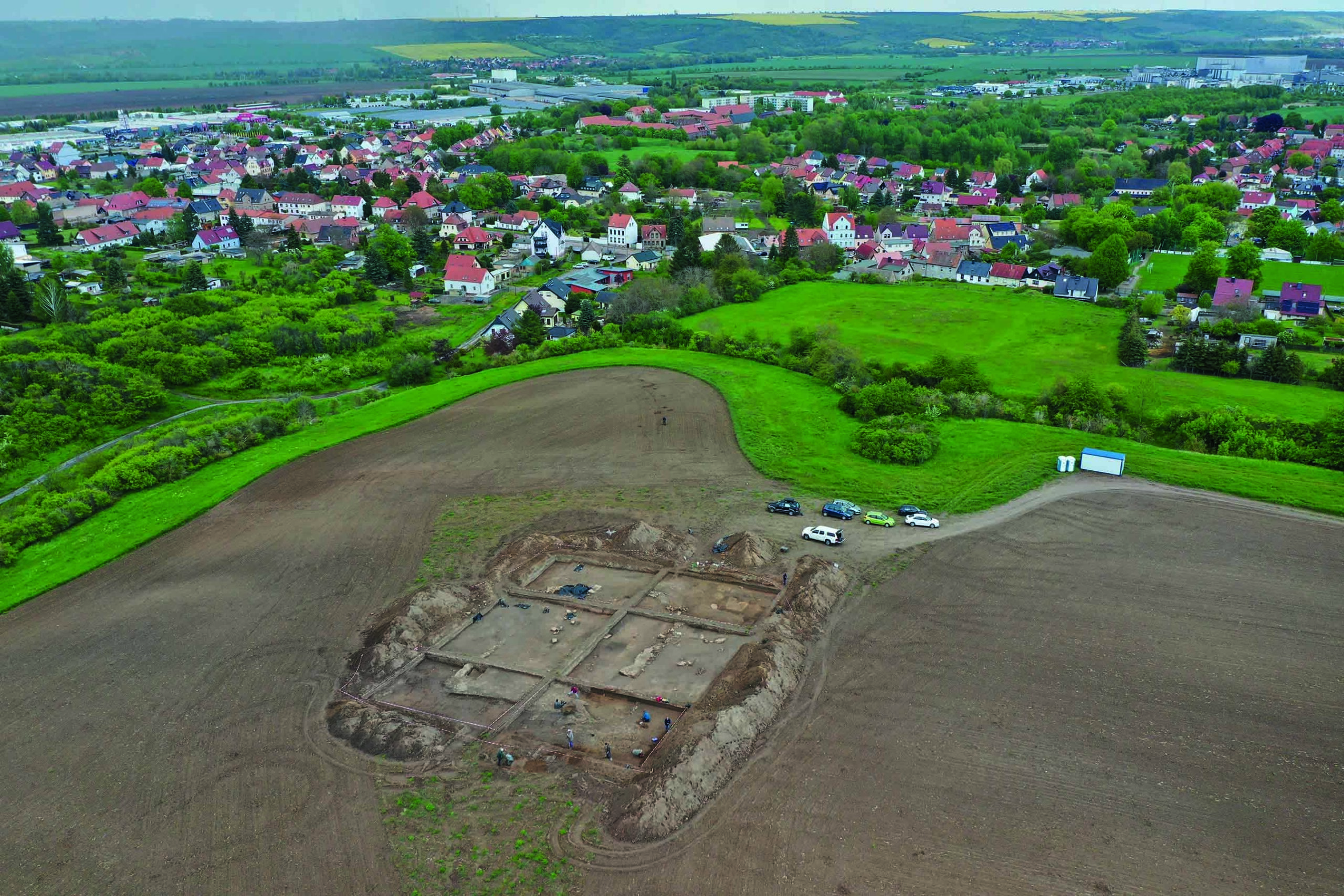
ODENSE, DENMARK—Scientists from the University of Southern Denmark analyzed the levels of lead and mercury in more than 200 skeletons from medieval cemeteries in Denmark and Germany. They found that wealthier people, who usually lived in towns, had higher levels of heavy metals in their bodies. Mercury was used to prepare the color cinnabar, for gilding, and was used as medicine for the treatment syphilis and leprosy, a common ailment. As for lead exposure, the wealthy ate from plates that had been glazed with lead oxide. Salty and acidic foods kept in these glazed pots dissolved the glaze and the lead leaked into the food. Poorer people, often living in the country, were still exposed to lead, but they usually used unglazed pottery. “In the Middle Ages you could almost not avoid ingesting lead, if you were wealthy or living in an urban environment. But what is perhaps more severe, is the fact that exposure to lead leads to lower intelligence of children,” Kaare Lund Rasmussen said in a press release. Exposure to townspeople also came from lead coins, stained-glass windows, and lead tiles on the roofs, since rainwater was often collected for drinking. To read more about medieval bioarchaeology, go to "Vengance on the Vikings."











